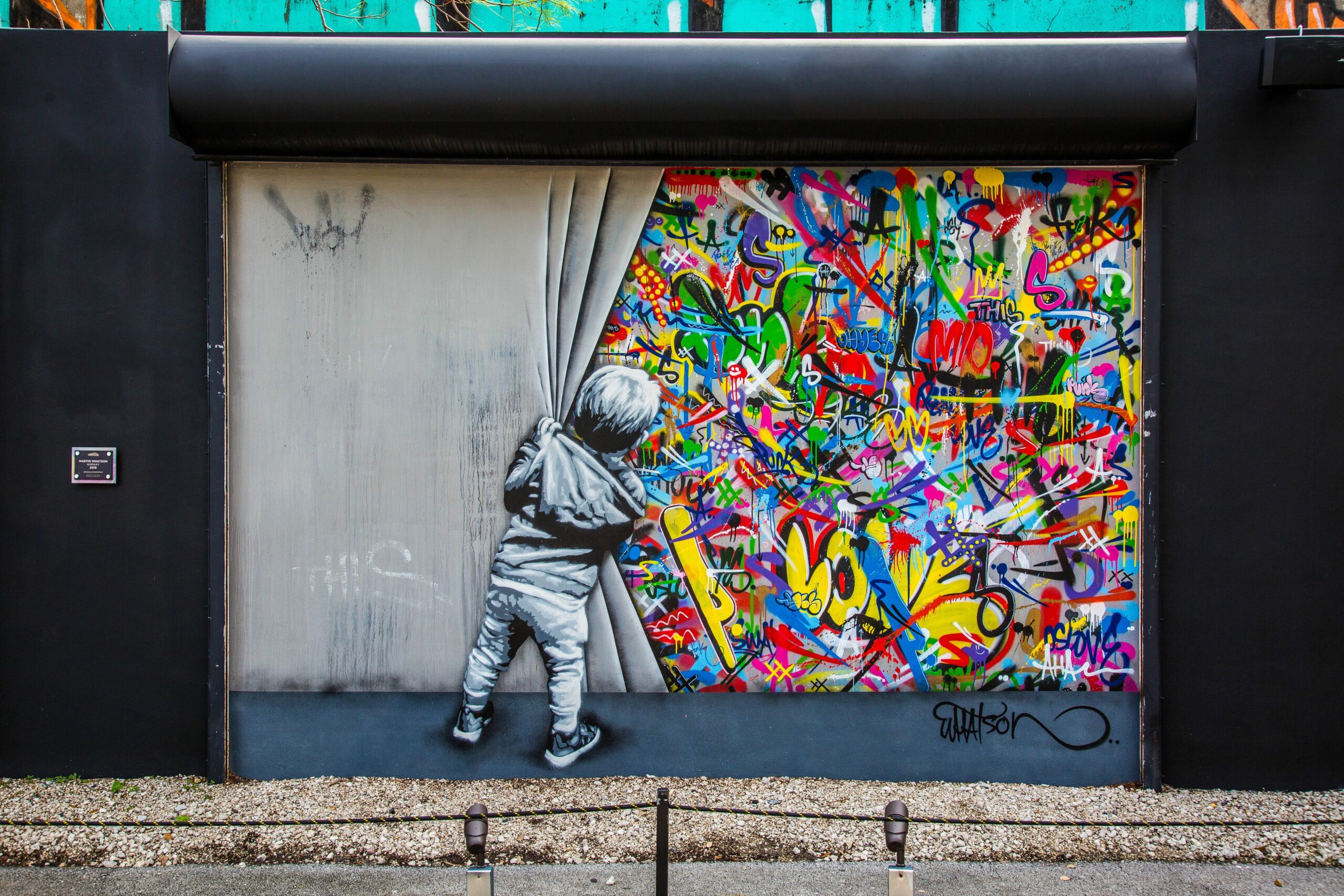The Evolution of Street Art
Street art has long been associated with rebellion, social commentary, and an underground movement that challenged traditional notions of fine art. Emerging from graffiti culture in the late 20th century, it was once dismissed as vandalism rather than a legitimate art form. However, as the years have passed, street art has evolved into a respected and sought-after genre, with many works now considered fine art investments. Today, Miami Fine Art Gallery, led by Les Roberts, explores how this transformation has shaped the industry and what the future holds for street art as a valuable commodity.
From the Streets to the Galleries
Historically, street art was created in public spaces, often illegally, as a way for artists to communicate with the masses. Names like Jean-Michel Basquiat and Keith Haring helped bridge the gap between street art and the fine art world in the 1980s. Later, artists like Banksy and Shepard Fairey took it even further, proving that works originating in the streets could command high prices in prestigious auction houses. This shift marked the beginning of a new era in which street art became a lucrative investment for collectors.
The Role of Galleries in Street Art’s Rise
Art galleries have played a crucial role in legitimizing street art. At Miami Fine Art Gallery, we recognize the raw talent and cultural impact of street artists, bringing their works into the fine art space where they are curated, preserved, and sold to discerning collectors. Galleries act as intermediaries between artists and buyers, ensuring that these once-underground pieces are treated with the same reverence as classical paintings and sculptures. By providing a formal setting for street art, we help elevate its status and introduce it to new audiences.
Street Art as a Lucrative Investment
As demand for contemporary and urban art increases, street art has become a profitable investment for collectors. Limited-edition prints, original murals, and large-scale installations by renowned street artists now fetch significant sums at auction. Collectors who once focused on traditional blue-chip artists are diversifying their portfolios to include modern urban works. With pieces by Banksy selling for millions, and new artists emerging onto the scene, investing in street art has become a strategy for those looking to capitalize on the growing market.
The Influence of Technology on Street Art
Digital innovation has further propelled street art into the fine art world. With the rise of NFTs (non-fungible tokens), many street artists have embraced digital platforms to sell their work, providing collectors with authenticated, blockchain-backed ownership. This technological shift has allowed artists to reach global audiences while maintaining their creative independence. At Miami Fine Art Gallery, we closely monitor these trends to guide collectors in navigating both physical and digital street art investments.
The Future of Street Art in the Fine Art Market
As we look ahead, street art’s influence on the fine art market shows no signs of slowing down. More galleries and museums are dedicating space to urban artists, and major exhibitions continue to celebrate this once-underground movement. Cities worldwide commission large-scale murals, recognizing their value in enhancing urban landscapes and attracting tourism. The growing recognition of street art ensures that its market will continue to thrive, making it an exciting space for both artists and investors alike.
A Lasting Cultural Movement
What was once dismissed as an act of defiance has now become one of the most dynamic and collectible art forms in the world. The transformation of street art from an underground movement to a fine art investment is a testament to its cultural relevance and artistic merit. At Miami Fine Art Gallery, Les Roberts and his team remain dedicated to supporting this evolution, offering collectors exclusive access to some of the most groundbreaking works in contemporary street art. As the market continues to evolve, one thing is certain—street art is here to stay, shaping the future of the fine art industry for generations to come.
